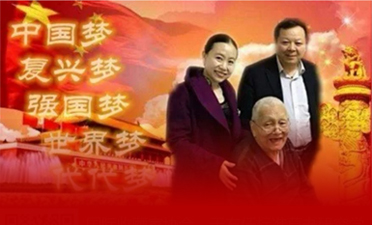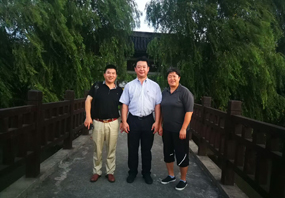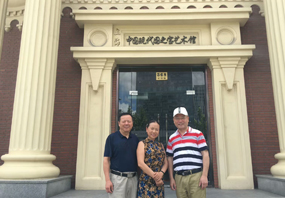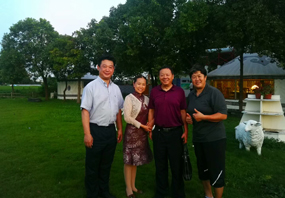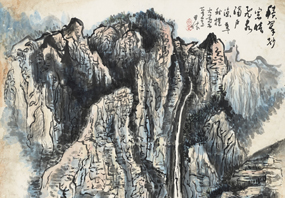知识产权(英语:intellectual property),
是人类智慧创造出来的无形的财产,主要涉及版权、专利、商标等领域。音乐和文学等形式的艺术作品,以及一些发现、发明、词语、词组、符号、设计都能被当作知识财产而受到保护。知识产权可以分为工业产权与版权两类,工业产权包括发明(专利)、商标、工业品外观设计和地理标志,版权则包括文学和艺术作品。
知识产权被概括为一切来自知识活动领域的权利,始于17世纪中叶法国学者卡普佐夫的著作,后由比利时法学家皮尔第所发展;到1967年《成立世界知识产权组织公约》签订后,知识产权的概念得到世界上大多数国家所认可。
广义的知识产权分类:
著作权(copyright)
邻接权(neighboring rights)
商标权(trade mark)
商号权(trade name)
商业秘密权(trade secret)
地理标记权(geographic indications,GIs)
专利权(patent)
集成电路布图设计权(layout design)
植物新品种权(plant variety)
反不正当竞争权(anti-unfair competition)
知识产权之范围:
世界知识产权组织(World Intellectual Property Organization, WIPO,1967)之界定:
https://www.wipo.int/portal/en/index.html
文学艺术及科学作品
表演艺术家、录音及广播之演出
在人类一切活动领域内之发明
科学发现
外型设计
商标服务标记、商号名称及牌号
制止不正当竞争
以及在工业、科学、文学或艺术领域内其他一切来自知识活动之权利。
世界贸易组织(World Trade Organization, WTO)之界定:
https://www.wto.org/
记载于《与贸易有关的知识产权协议》(Trade Related Aspects of Intellectual Property Rights,简称TRIPs,1994)
版权与邻接权
商标权
地理标志权
工业品外观设计权
专利权;
集成电路布图设计权
未披露过信息之保护
知识产权的特点:
专有性:
专有性是指除权利人同意或法律规定外,权利人以外的任何人不得享有或使用该项权利。这表明除非通过“强制许可”、“合理使用”或者“征用”等法律程序,否则权利人独占或垄断的专有权利受到严格保护,他人不得侵犯。
地域性:
地域性是除非国家间签有国际公约或双边互惠协定外,经一国法律所保护的某项权利只在该国范围内发生法律效力。在特定地区依特定之法或程序产生,也只在该地区生效。
时间性:
时间性即法律对各项权利的保护,都规定有一定的有效期,各国法律对保护期限的长短可能一致,也可能不完全相同,只有参加国际协定或进行国际申请时,才对某项权利有统一的保护期限。
Intellectual property (IP) is a category of property that includes intangible creations of the human intellect. There are many types of intellectual property, and some countries recognize more than others. The most well-known types are copyrights, patents, trademarks, and trade secrets. The modern concept of intellectual property developed in England in the 17th and 18th centuries. The term "intellectual property" began to be used in the 19th century, though it was not until the late 20th century that intellectual property became commonplace in the majority of the world's legal systems.
The main purpose of intellectual property law is to encourage the creation of a wide variety of intellectual goods. To achieve this, the law gives people and businesses property rights to the information and intellectual goods they create, usually for a limited period of time. This gives economic incentive for their creation, because it allows people to profit from the information and intellectual goods they create. These economic incentives are expected to stimulate innovation and contribute to the technological progress of countries, which depends on the extent of protection
The intangible nature of intellectual property presents difficulties when compared with traditional property like land or goods. Unlike traditional property, intellectual property is "indivisible", since an unlimited number of people can "consume" an intellectual good without it being depleted. Additionally, investments in intellectual goods suffer from problems of appropriation: a landowner can surround their land with a robust fence and hire armed guards to protect it, but a producer of information or literature can usually do very little to stop their first buyer from replicating it and selling it at a lower price. Balancing rights so that they are strong enough to encourage the creation of intellectual goods but not so strong that they prevent the goods' wide use is the primary focus of modern intellectual property law.



